Definition And Characteristics Of Bull
Bulls, which are male cattle, are known for their characteristics such as strength, power and aggressiveness. They are often associated with the farm and agricultural industry because of their importance as breeding animals.
One characteristic of bulls is their physical appearance. They have muscular bodies, broad shoulders, and strong legs. Many bull breeds, such as the Angus and the Hereford, have specific physical characteristics and colorings which differentiate them from other breeds.
Bulls are known for their temperamental behavior, especially during mating season. They can become aggressive and territorial, causing them to charge at other animals and humans. This is why it is important for farmers and handlers to be cautious when working with bulls.
- Here are some characteristics of bulls:
- Size: Bulls are larger and heavier than cows, with an average weight of 2,000 pounds.
- Reproduction: Bulls are used for breeding cows and producing calves.
- Aggressive: Bulls can be territorial and aggressive, especially during mating season.
Bulls are not only important for their role in agriculture, but they also hold cultural significance in many countries. In some cultures, they are even worshipped as symbols of strength and power. Understanding the characteristics and importance of bulls can help us appreciate these animals and their role in our world.
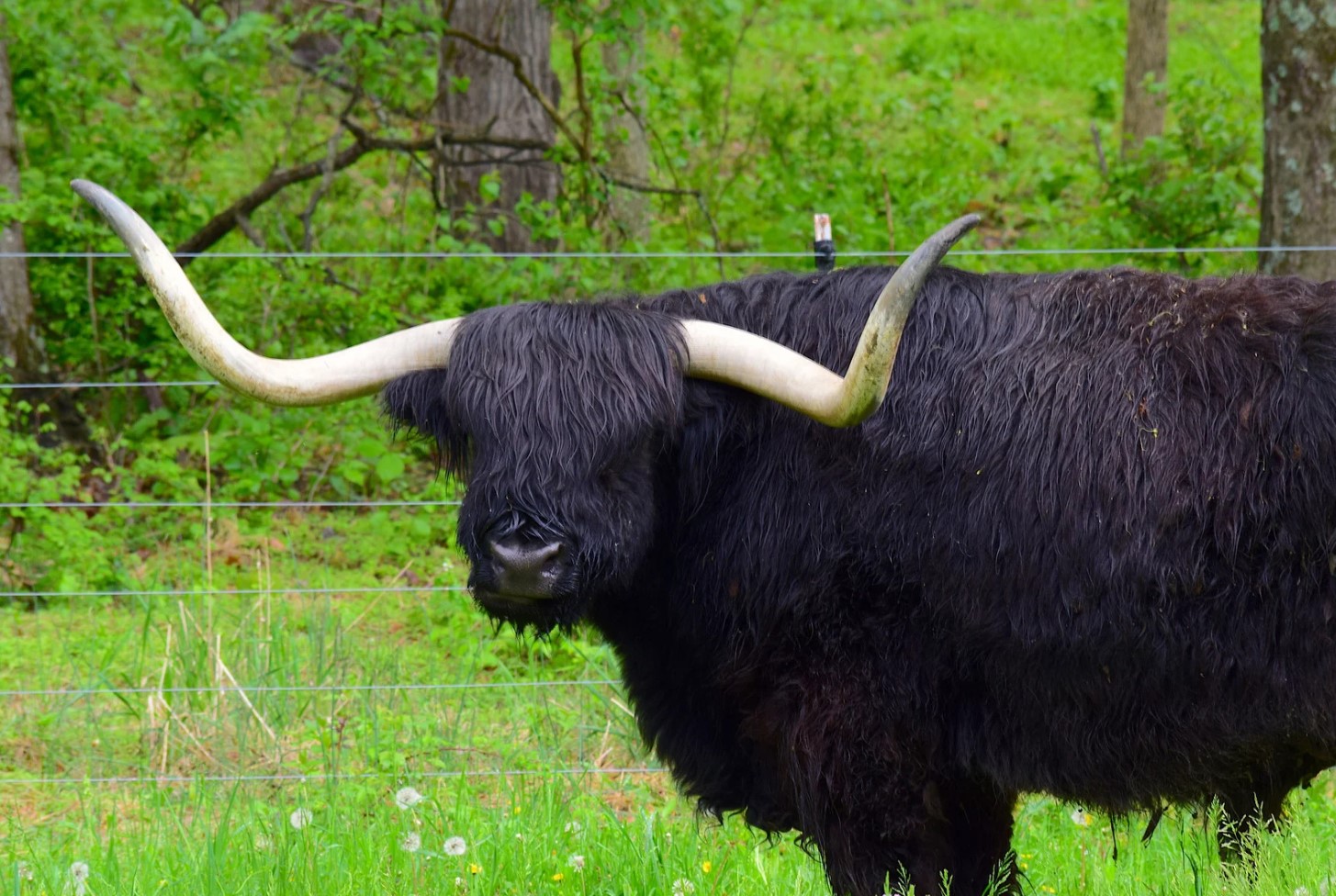
Different Types Of Bulls
Bulls are male cattle that are known for their strength, size, and aggression. They have been used for their labor, meat, and breeding capabilities for centuries. With over 1 billion cattle in the world, it is not surprising that there are different types of bulls that have evolved over time. These types of bulls have unique characteristics and use that make them essential in the agricultural and livestock industries.
1. Beef Bulls: Beef bulls are raised specifically for meat production. They are bred to be muscular and lean, making them ideal for meat production. The most popular beef bulls are Angus, Charolais, Hereford, and Limousin. These breeds are known for their fast weight gain, high-quality meat, and resistance to diseases.
2. Dairy Bulls: Dairy bulls, on the other hand, are not bred for meat production, but for milk. They are usually a smaller breed compared to beef bulls since they don’t require muscle mass. Some of the popular dairy bull breeds are Ayrshire, Brown Swiss, Holstein, and Jersey. These breeds are known for their high milk yield, excellent udder conformation, and longevity.
3. Draft Bulls: Draft Bulls are bred for their strength and endurance. They were primarily used as a source of power for plowing fields, transportation, and pulling heavy loads. Some of the popular draft bull breeds are Belgian Blue, Percheron, Shire, and Suffolk Punch. These breeds are known for their massive size, slow growth rate, and docile temperament.
4. Miniature Bulls: These bulls are a new and growing breed in the industry. They are bred to be small in size, making them ideal for people who want to keep bulls as pets or those with limited space. Some examples of miniature bull breeds are Miniature Zebu, Miniature Hereford, Dexter, and Lowline Angus. These breeds are known for their adorable appearance, easy handling, and low maintenance.
In conclusion, each type of bull has a unique purpose and characteristics that make them essential to the livestock industry. It is essential to know the different types of bulls to know which breed is suitable for your needs. Whether you are breeding for meat or milk, transportation, or simply want a pet, there is a type of bull that will meet your expectations.
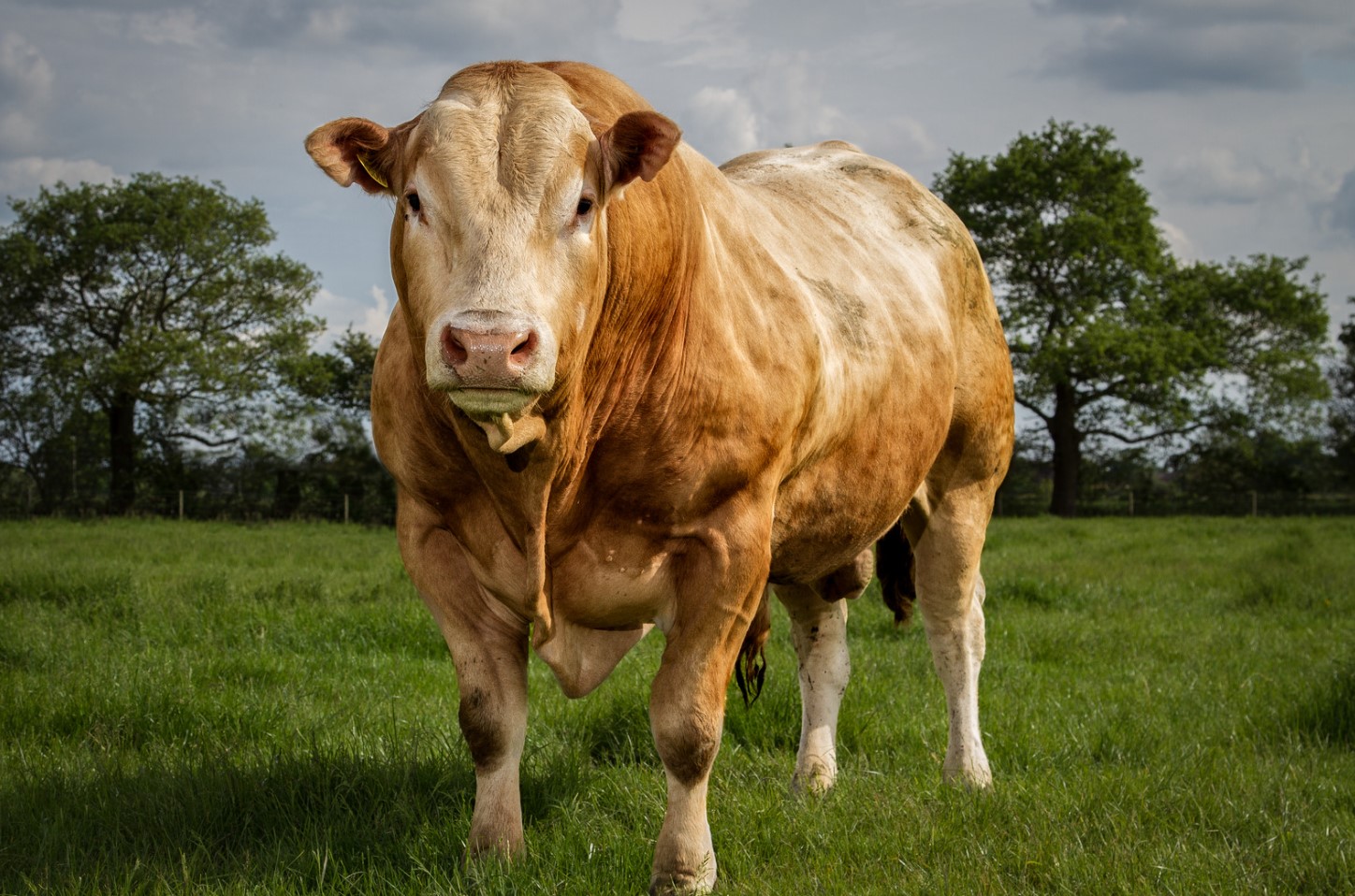
The Role Of Bulls İn Agriculture
When we think of bulls, the first thing that comes to mind is their crucial role in agriculture. Bulls have been used for work in fields for thousands of years, as they are strong and can carry heavy loads. Along with oxen, they have been used to plow fields, plant seeds, and harvest crops. Bulls have helped farmers increase productivity and efficiency, which has led to an increase in food production.
- One important characteristic of bulls that make them ideal for work is their strength. Bulls are much stronger than horses, and can pull much heavier loads. They are also more durable, with the ability to work long hours without getting tired easily.
- In addition to working in fields, bulls are also used in the dairy industry. Breeding bulls are kept on farms to produce milk cows, which are essential for the production of dairy products.
- Bulls also play a significant role in the meat industry. Beef from bulls is a popular source of protein for many people around the world. Breeding bulls are carefully selected for their ability to produce high-quality meat, and are often used to improve the quality of meat in herds.
Bull breeding is a complex process. It involves careful selection of the best bulls for reproduction, as well as the use of artificial insemination to produce desired offspring. Breeding programs aim to create bulls with desirable traits such as disease resistance, high fertility, and good meat quality.
Bulls have a long-standing history in agriculture, and their importance cannot be underestimated. They have been instrumental in the development of the agricultural industry and have helped feed billions of people around the world. It is important to continue investing in research and technology to improve the breeding and management of bulls in agriculture, so that they can continue to play an important role in our lives.
Bullfighting – A Tradition Or A Cruelty?
Bullfighting – A Tradition Or A Cruelty?
Bullfighting, also known as tauromachia or corrida de toros, is a traditional spectacle that has been practiced for centuries in Spain, Portugal, France, and some Latin American countries. In a typical bullfight, a matador, or torero, faces a bull, and using a variety of maneuvers and techniques, tries to subdue and ultimately kill the animal. While some people see bullfighting as a noble sport that celebrates bravery and tradition, others view it as a barbaric and cruel activity that causes unnecessary suffering to animals.
Opponents of bullfighting argue that the practice is inherently cruel, as it causes immense physical and psychological pain to the bull. The bull is often taunted, provoked, and weakened before the actual fight, making it easier for the matador to subdue it. During the fight, the bull is stabbed with a variety of sharp objects, including lances, banderillas, and the estoque, a type of sword that is used to deliver the final blow. This can cause severe and prolonged suffering to the animal, and often results in a slow and painful death.
Proponents of bullfighting, on the other hand, argue that the practice is an essential part of their cultural heritage, and that it represents a celebration of bravery, courage, and tradition. They point out that bullfighting has a long and proud history, dating back to the Middle Ages, and that it has inspired many works of art and literature. They also argue that the bulls used in bullfighting are specifically bred for this purpose, and that they receive a level of care and attention that exceeds that of most farm animals.
- In conclusion,
It is clear that bullfighting is a controversial and divisive practice that elicits strong reactions from both its supporters and opponents. While some people view it as an integral part of their culture and identity, others see it as a cruel and unnecessary form of animal abuse. Ultimately, the debate over bullfighting is unlikely to be resolved anytime soon, and it will continue to be a topic of intense discussion and disagreement in the years to come.
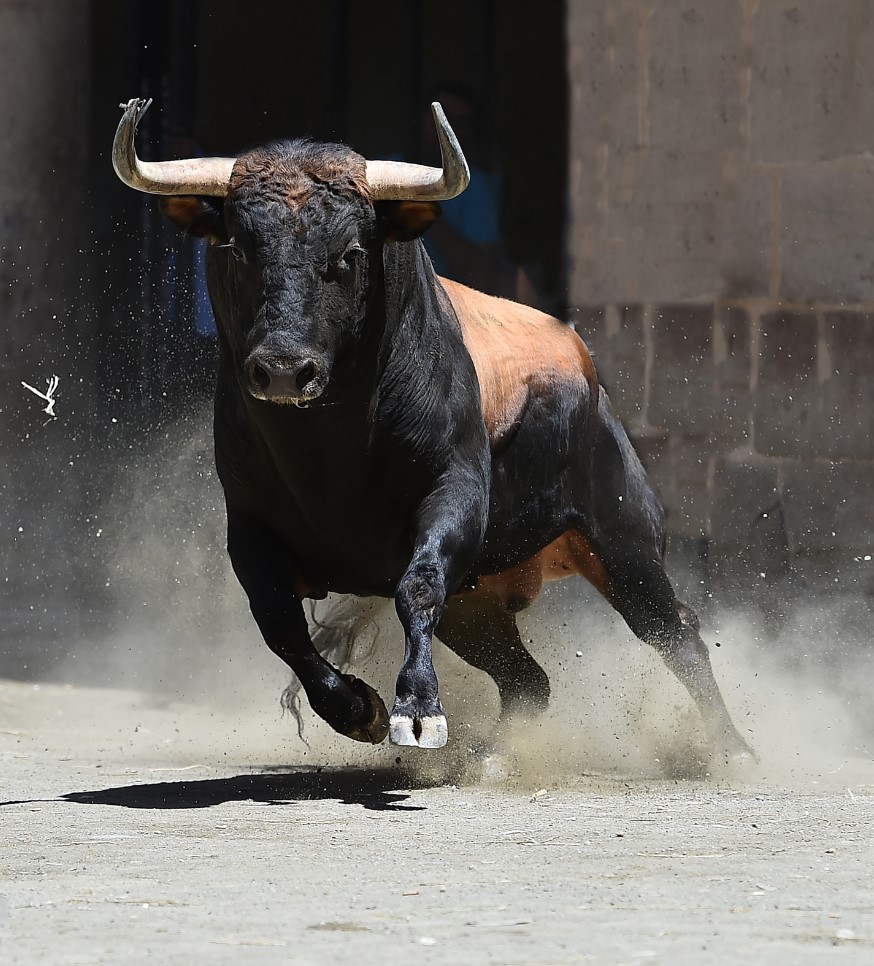
Historical Significance Of Bulls İn Mythology
Throughout history, bulls have played a significant role in mythology across various cultures. They are revered as symbols of strength, courage, and fertility. These animals are often associated with deities and heroes, such as the Egyptian deity, Apis, and the Greek god, Zeus, who famously transformed into a bull to seduce Europa.
In Hindu mythology, the bull, Nandi, is the faithful vahana or vehicle of Lord Shiva, representing stability and strength. In Chinese mythology, the Ox is one of the twelve zodiac animals and is believed to embody tenacity, determination, and honesty. The Minoan civilization of ancient Crete worshiped the Bull God, a symbol of virility and male power.
Moreover, the myth of Theseus and the Minotaur is one of the most prominent stories featuring a bull. The Minotaur was a creature with the head of a bull and the body of a man, kept in a labyrinth by King Minos. Theseus, aided by Ariadne, the daughter of King Minos, slew the Minotaur, becoming a hero in Greek mythology.
- Bulls play a significant role in mythology across various cultures as they represent strength, courage, and fertility.
- Bulls are associated with deities and heroes like the Egyptian deity Apis and Greek god Zeus who transformed into a bull to seduce Europa.
- The Hindu bull, Nandi, represents stability and strength while the Chinese Ox symbolizes tenacity, determination, and honesty.
- The Minoan civilization worshipped the Bull God, which was a symbol of virility and male power.
- One of the most prominent stories featuring a bull was the myth of Theseus and the Minotaur, where Theseus became a hero in Greek mythology by slaying the creature with the head of a bull and the body of a man.
| Culture | Symbolism of Bull |
|---|---|
| Egyptian | Apis is a symbol of fertility and rebirth |
| Greek | Bulls represent strength, virility, and masculinity; the Minotaur embodies horror and monstrosity |
| Roman | The bull is linked to the god Mars; it symbolizes strength and vitality |
| Hindu | Nandi embodies stability and strength, and it is the faithful vehicle of Lord Shiva |
| Chinese | The Ox is one of the twelve zodiac animals and embodies tenacity, determination, and honesty |
Bulls continue to be significant in popular culture, particularly in mythology. Understanding and appreciating their historical significance can shed light on the power and symbolic meaning that these magnificent animals hold.
Bull As A Symbol Of Power And Strength
Bulls have long been known as symbols of power and strength. From ancient mythology to modern cultures, bulls have been praised for their impressive physical abilities and fierce demeanor.
In ancient Greek mythology, the bull was a symbol of virility and strength, often associated with the god Zeus. The bull was also the subject of many heroic tales, such as the story of Theseus and the Minotaur, where Theseus slayed the beast and emerged victorious.
- Bulls are often used as mascots for sports teams, representing strength and toughness
- In Hinduism, Lord Shiva is often depicted with a bull named Nandi, who is seen as his vehicle and companion
- Bulls are a common theme in artwork and architecture, often depicted as symbols of power and authority
Bulls are also used in many cultural traditions and celebrations, such as bull runs and bullfighting. While some may see these practices as cruel, they are steeped in cultural significance and symbolism.
| Bullfighting Around The World | Cultural Significance |
|---|---|
| Spain | Bullfighting is seen as a test of bravery and skill, and is often associated with Spanish culture and identity |
| Mexico | Bullfighting has been a popular tradition since the 16th century, with many famous bullfighters hailing from Mexico |
| Portugal | In Portugal, bullfighting is less about the fight and more about the horsemanship, with riders trying to place themselves as close to the bull as possible without being injured |
Bulls are also used in agriculture, with many breeds specifically bred for their size and strength. They are used for plowing fields, pulling carts, and even as a means of transportation in some cultures.
The bull has also become a symbol of strength and resilience in popular culture, often appearing in branding and advertising as a way to convey power and success.
Overall, the bull is a symbol of power and strength that has been celebrated and admired for centuries. Whether in mythology, culture, or daily life, the bull continues to captivate and inspire people around the world.
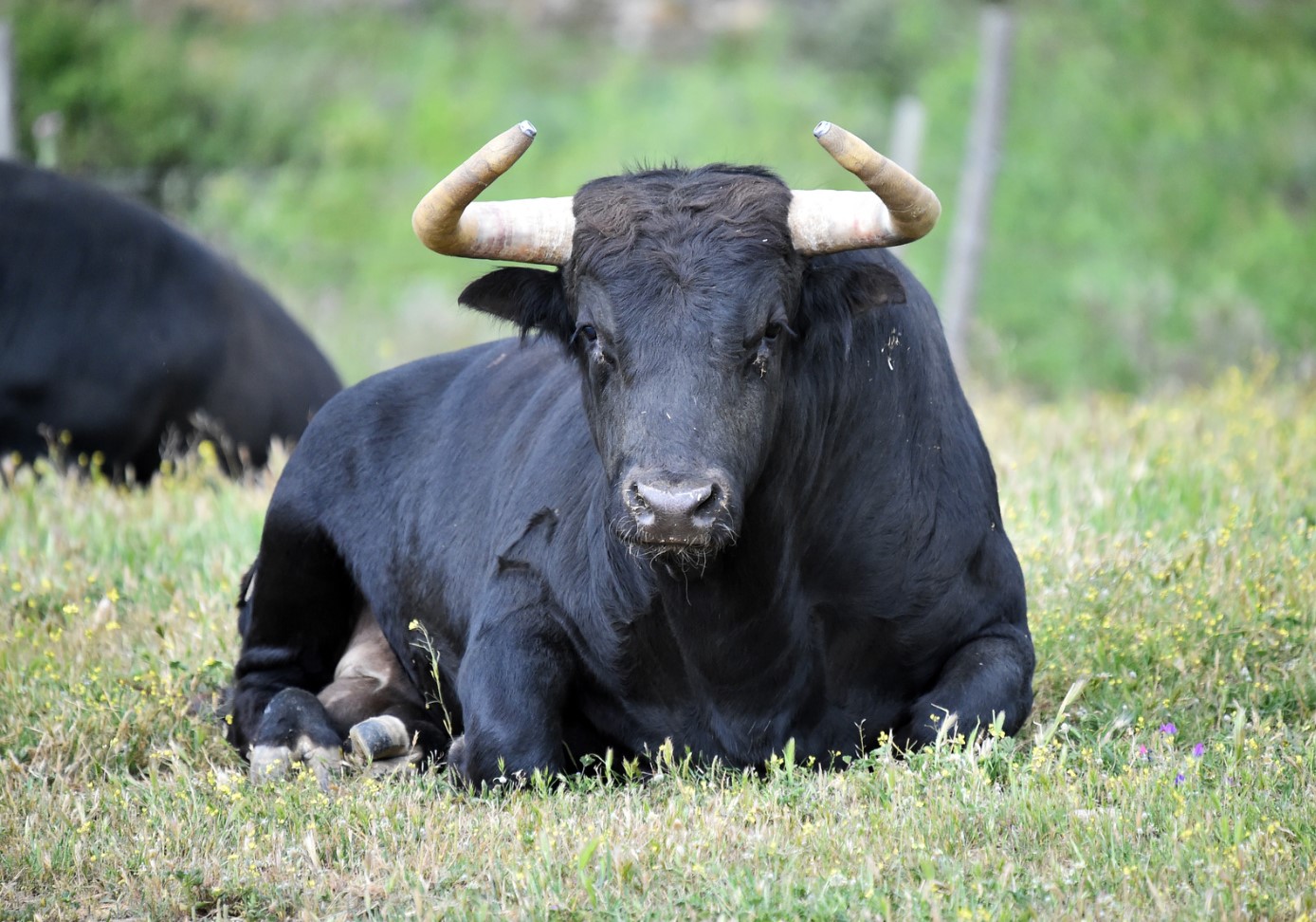
Breeding Bulls For Meat And Milk Production
Bulls are male bovines that play a crucial role in agriculture, particularly in the production of meat and milk. The breeding of bulls for these purposes has been a longstanding tradition that has significantly shaped the agricultural sector.
There are different types of bulls that are bred for specific uses. For instance, beef cattle are bred for their meat and are considered a source of high-quality protein. Dairy bulls, on the other hand, are bred for milk production and are commonly used to produce milk products such as cheese, butter, and yogurt.
Breeding bulls for meat and milk production is not as simple as just pairing a male and female cow. It requires careful consideration of various factors, including genetic traits, health, and breeding history. The breeding process involves identifying bulls with desirable traits, such as high meat or milk yields, and carefully selecting them for mating. The goal is to produce offsprings that have a better chance of inheriting these desirable traits from their parents.
- Inbreeding among bulls is often discouraged as it can lead to the transmission of undesirable traits, including genetic defects and health problems.
- Crossbreeding, on the other hand, is often encouraged as it can lead to hybrid vigor or increased resistance to diseases and parasites.
Breeding bulls for meat and milk production is a delicate balance between science and tradition. Regulations and best practices have been put in place to ensure responsible breeding practices that not only produce high-quality meat and milk but also ensure the welfare of the animals involved.
| Breed | Meat Yield | Milk Yield |
|---|---|---|
| Aberdeen Angus | High | Low |
| Jersey | Low | High |
| Hereford | Medium | Low |
Despite its importance for meat and milk production, the breeding of bulls is not without its challenges. The sector faces issues such as disease outbreaks, climate change, and changing consumer preferences. However, with innovative breeding techniques and responsible practices, the sector has the potential to continue producing high-quality meat and milk products in a sustainable manner.
In conclusion, bulls play a critical role in agriculture, particularly in the production of meat and milk. The breeding of bulls for these purposes is a complex process that requires careful consideration of various factors. As the demands of the sector evolve, the breeding of bulls must continue to adapt to meet the needs of producers and consumers alike.
The Importance Of Bull Conservation
Bulls are an integral part of our planet’s natural ecosystem. They are not only useful for agriculture but also symbolize power and strength. Bulls have been a part of human history since the dawn of civilization. However, in today’s world, where technology has taken over everything, the conservation of bulls seems to have taken a backseat.
Conservation of bulls is of utmost importance as many breeds of bulls are on the brink of extinction. Bulls are essential for maintaining biodiversity, and their loss can cause an irreversible environmental impact. Furthermore, conservation of bulls also ensures the sustainability of agriculture as they help in tillage and generate organic manure.
Several organizations across the globe are working towards the conservation of bulls. These organizations help in preserving and promoting the use of indigenous breeds. Furthermore, these organizations also educate farmers to use alternate methods of agriculture and reduce dependency on machinery.
- Did you know that the American bison was brought back from extinction?
- In India, the National Bureau of Animal Genetic Resources is working towards conserving indigenous breeds of cattle.
- The Spanish Fighting Bull is an example of a breed that is conserved for the purpose of bullfighting.
Bullfighting is a controversial sport that involves the use of bulls. In countries like Spain, Portugal, and Mexico, bullfighting is seen as a cultural heritage that must be preserved. However, in recent years, animal rights activists have raised concerns about the cruelty involved in bullfighting.
In conclusion, the conservation of bulls is essential for the sustainability of agriculture and the preservation of biodiversity. It is high time that we realize the importance of bulls and take steps towards their conservation. By doing so, we can ensure that future generations get to witness the magnificent creatures that once roamed the earth.
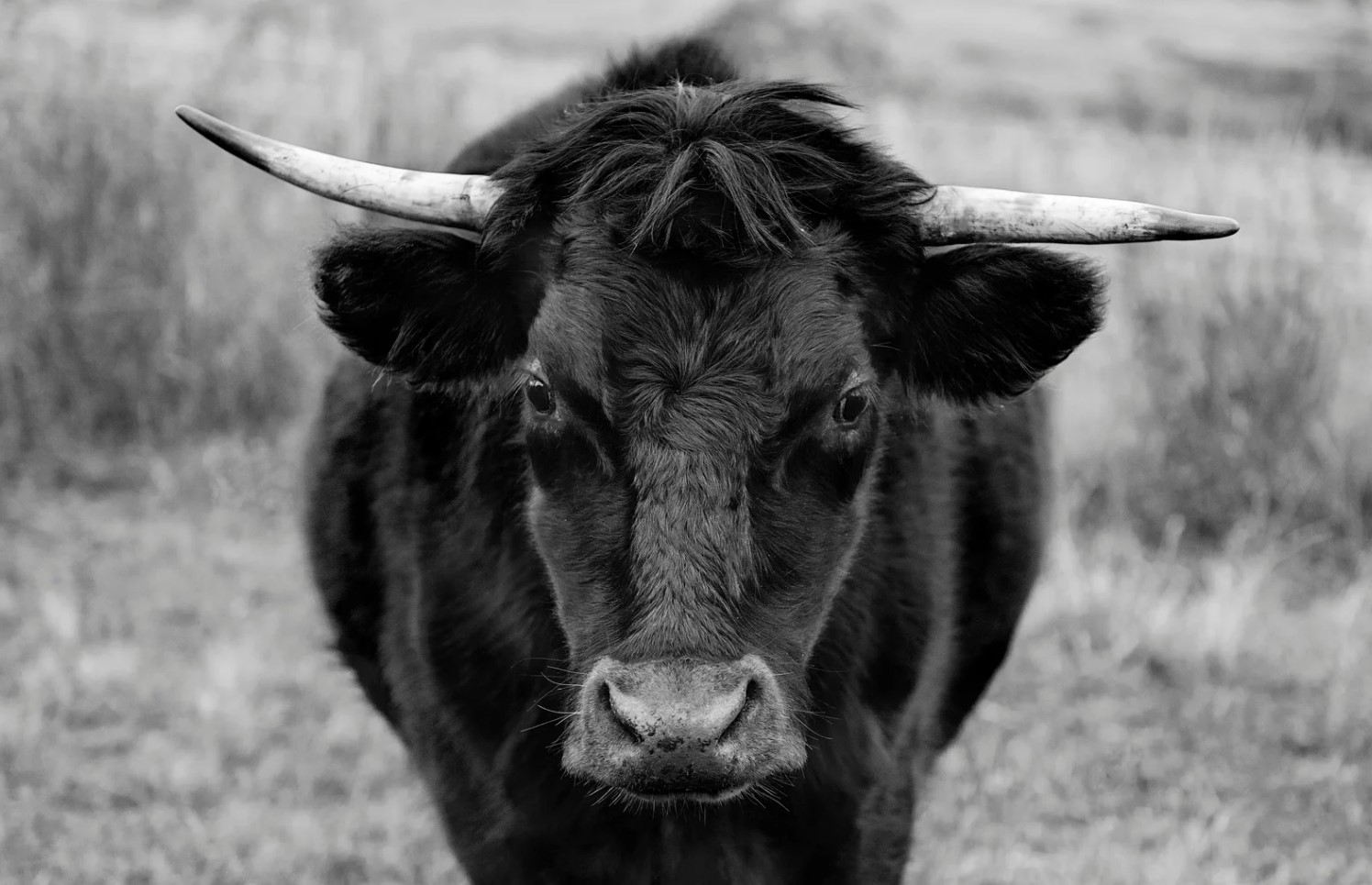
The Fascinating World Of Bull Racing
Bull racing, also known as bull running, is a popular and traditional sport in many countries around the world. It involves running with or riding on the back of bulls, usually in a controlled environment such as an arena or racetrack.
The roots of bull racing can be traced back to ancient civilizations, where it was used as a way of proving bravery and strength. Nowadays, it is still enjoyed as a form of entertainment and a way for people to show off their courage.
- One of the most well-known bull racing events is the Running of the Bulls in Pamplona, Spain. This event has been held annually since the 19th century and draws thousands of visitors from around the world.
- In Indonesia, bull racing is a popular sport in the Madura Island region. Here, the bulls are paired with jockeys who ride on wooden carts in the race.
- Sri Lanka also has a long history of bull racing, with events taking place during the annual Esala Perahera festival.
However, bull racing is not without controversy. Animal rights activists have raised concerns about the welfare of the bulls involved in these events. They argue that the animals are often mistreated and forced to run in dangerous conditions that can result in injury or death.
| Pros | Cons |
|---|---|
| Bull racing is a thrilling and exciting sport to watch. | Bulls are often mistreated and subjected to dangerous conditions. |
| Bull racing can help preserve traditional cultures and customs. | The safety of both the bulls and participants is often overlooked in the pursuit of entertainment. |
| Bull racing can generate significant revenue for local economies in the form of tourism and event fees. | Animal rights activists argue that the exploitation of animals for entertainment purposes is unacceptable. |
Despite these concerns, bull racing remains a popular pastime in many parts of the world. Those who participate in and support the sport argue that it is an important cultural tradition that should be preserved and celebrated.
The Battle Between Bulls And Matadors
The bullfighting ring is decorated with red capes and swords as the audience waits in anticipation for the matador and bull to enter. The music begins to play as the matador enters the ring, ready to battle the bull one on one. This is the intense and controversial sport of bullfighting, where a skilled matador must face off against a powerful and unpredictable bull. Some view it as a tradition, while others see it as a cruel and inhumane practice that should be banned.
The bull is bred and selected specifically for bullfighting, with the most aggressive and dangerous ones being favored. The bull is released into the ring where it is provoked by the matador’s moves and cape, eventually leading to a battle between man and beast. The objective of the matador is to show his bravery and skill by dodging the bull’s charging attacks and ultimately killing the bull with a sword.
- The origins of bullfighting can be traced back to ancient Rome, but the modern version that we know today originated in Spain in the 1700s
- Bullfighting is still legal in Spain, Portugal, Mexico, Peru, and some parts of France, but it is banned in many other countries such as Argentina and Canada
- Animal rights activists argue that bullfighting is cruel and inhumane, causing unnecessary suffering to the bulls and promoting violence and bloodshed as a form of entertainment
Proponents of bullfighting argue that it is a cultural tradition that should be preserved, and that it showcases the bravery and skill of the matadors. The battle between man and beast is seen as a symbolic representation of the struggle between good and evil. However, the controversy surrounding bullfighting continues to divide people around the world.
| Bullfighting Vocabulary | Meaning |
|---|---|
| Matador | The skilled bullfighter who faces the bull in the ring |
| Cape | A red cloth used to provoke and distract the bull |
| Sword | The weapon used to ultimately kill the bull |
In conclusion, the battle between bulls and matadors is a complex and controversial issue. While some view it as a cultural tradition, others argue that it promotes violence and cruelty towards animals. Ultimately, the decision to ban or regulate bullfighting lies in the hands of individual governments and societies. What is clear, however, is that the debate surrounding this issue will continue for years to come.
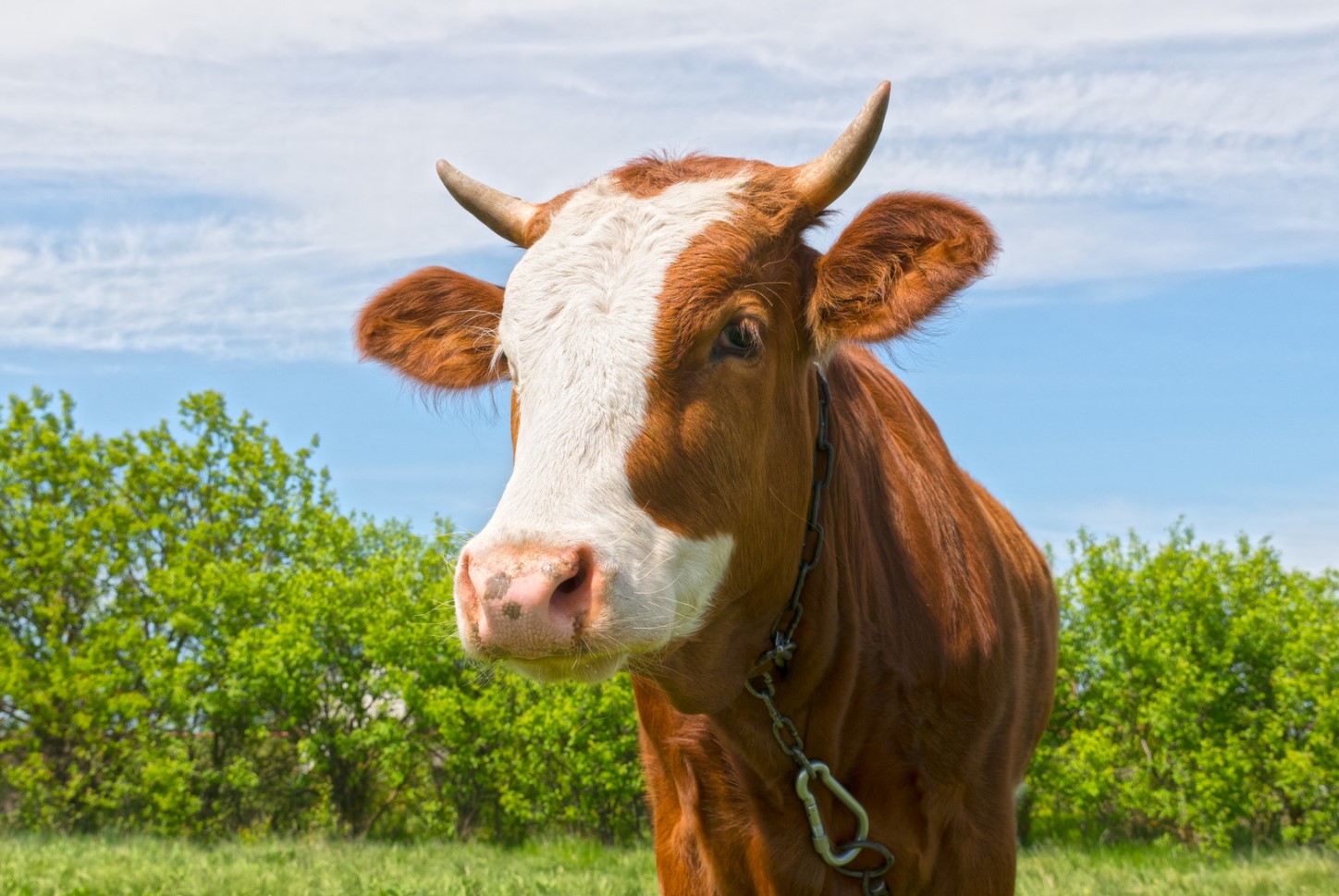
The Cultural Significance Of Bulls Around The Globe
The bull has been a cultural symbol around the globe for centuries. It has been worshipped, feared, and respected by different civilizations, each adopting a unique interpretation of this animal’s power and strength. Bulls have been integrated into various cultural practices and rituals, and their symbolism remains prevalent across different continents.
Bulls in Hinduism: The bull is considered sacred in Hinduism, where it is linked to the god Shiva. Known as Nandi, the bull is believed to be the gatekeeper of Shiva’s abode, and statues of Nandi are found at the entrances of many Hindu temples. It is said that Lord Shiva rides the bull, signifying the unification of man and animal, and also represents fertility.
Bulls in European Culture: In Ancient Greece, the bull was associated with Zeus and the goddess of nature. They were domesticated and used for agriculture and transportation in both Ancient Greece and Rome. In Spain and other parts of Europe, the bull gained popularity as a symbol of strength and bravery. Bullfighting, a traditional sport in Spain, Portugal, and France, originated in the 8th century and is closely linked to the culture and history of these countries.
- The historical significance of bulls in mythology
- The bull’s role in agriculture
- Breeding bulls for meat and milk production
- Bullfighting – A tradition or cruelty?
Bulls in African Culture: In many African cultures, the bull is a symbol of wealth and power. It is also associated with the gods and is used in ritual sacrifices as an offering to the gods. In some areas, bull jumping is a rite of passage for young men, where they attempt to jump over a bull in order to gain acceptance as warriors or leaders.
The significance of bulls in Native American Culture: The Native American culture holds the buffalo sacred and calls it the “Buffalo Nation.” This animal provided food, clothing, and shelter. Today, buffalo remains a symbol of strength, endurance, and perseverance for Native Americans.
Bulls in Chinese Culture: In Chinese mythology, the bull is associated with the constellation the Ox. The Ox is the symbol of hard work, honesty, and reliability. The Chinese Zodiac also uses the Ox as one of its twelve animals. People born in the year of the Ox are believed to be hardworking, honest, and dependable.
| Symbolism of Bulls | Meaning |
|---|---|
| Strength | The bull is often seen as a powerful and strong animal. This symbolism is prevalent in many cultures around the world. |
| Bravery | The bull’s bravery is showcased in bullfighting, where it is pitted against a matador in a life-or-death struggle. |
| Power | The bull is often associated with power in many cultures, especially in African cultures, where it is used as a symbol of wealth and status. |
Bulls have played an integral role in shaping different cultural beliefs and traditions across the globe. As human beings, we continue to rely on bulls for various agricultural and economic purposes, and they remain a source of inspiration and admiration for many people.
Bull Markets And Their Impact On The Economy
Bull Markets And Their Impact On The Economy
A bull market is a financial term that refers to a situation where the stock market is experiencing a prolonged period of rising stock prices. This upward trend typically lasts for several months or years and is characterized by high levels of investor confidence and optimism. A bull market is generally a reflection of a strong economy, low interest rates, and favorable economic conditions.
During a bull market, investors are more likely to purchase stocks with the hope of making a profit. This increase in demand for stocks drives up the prices, resulting in an increase in wealth for those investors who already own stocks. As a result, a bull market can stimulate economic growth by increasing consumer spending, job creation, and overall economic activity.
However, a bull market can also have some negative effects on the economy. The rapid rise in stock prices can lead to an increase in inflation and interest rates, which can make borrowing more expensive. This can lead to a decrease in consumer spending and investment, which can ultimately slow down economic growth.
Despite the potential downsides, bull markets are generally seen as positive for the economy. They can lead to significant gains for investors and can create a sense of optimism and positivity, which can have a ripple effect throughout the entire economy. When the stock market is doing well, people tend to feel more secure in their financial situation, which can lead to increased spending, investment, and overall economic growth.
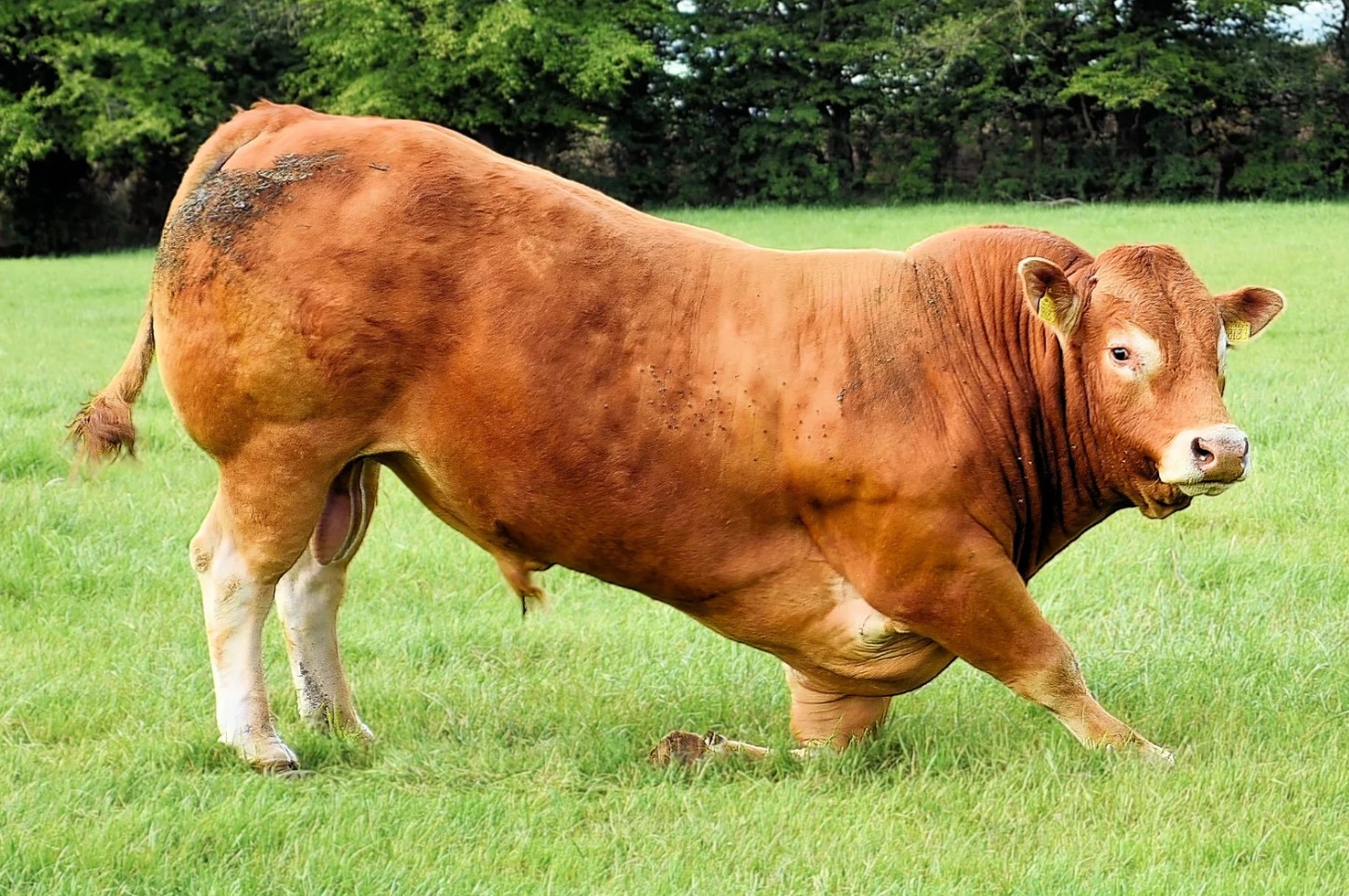
Training And Handling Of Bulls
Bulls are one of the most powerful and majestic animals to roam the earth. They are not only used for agriculture, but also for sports such as bull racing and bullfighting. Training and handling of bulls is crucial to ensure the safety of both humans and animals.
Bull Training: Training a bull begins at a young age when it is still a calf. It is important to establish trust between the animal and the handler to ensure that the bull follows commands. A bull is usually trained using a head collar or a nose ring, which allows the handler to control the animal’s movement. The handler must also be able to recognize the different behaviors and body language of the bull to ensure that it is not agitated or stressed.
- Bull Handling: Handling a bull requires immense physical strength and skill. Bulls can weigh over a ton and can be very dangerous if not handled properly. In agriculture, handling of bulls is essential in tasks such as breeding, transportation, and medical procedures. The handler must have a deep understanding of the animal’s behavior and must always prioritize the safety of both the animal and humans.
| Technique | Description |
|---|---|
| Halter and Lead Rope | One of the most commonly used techniques. Bulls are trained to follow commands by leading them with a halter and leadrope. |
| Squeeze Chute | A metal enclosure where the bull is squeezed in to restrict its movement. This is used during medical procedures and vaccinations. |
| Electric Prod | A handheld device that delivers a small electric shock to the bull. This is used to redirect the bull’s attention or to make it move in a certain direction. |
In conclusion, training and handling of bulls is a specialized skill that requires patience and experience. It is important for the safety of both animals and humans, and must be practiced with care and compassion. Proper training, handling techniques and equipment must be used to ensure the welfare of the animal so that it may fulfill its role in the various industries it serves.
Genetic Enhancement Of Bulls For Better Performance
Genetic Enhancement Of Bulls For Better Performance
Bulls are highly valued especailly in the agriculture industry. Farmers depend on their strength and stamina to pull plows and other heavy farm equipment. Bulls are also important in breeding programs that yield the highly-prized cows, which are pivotal in the production of milk and meat.
Agricultural producers are always looking for ways to increase bull performance, either through nutrition, traditional breeding methods or by genetic engineering. One such method is genetic modification; a process where scientists alter the DNA of animals to produce offspring with specific desired traits. Genetic modification can improve yields, increase disease resistance and lower the cost of feed while increasing growth and performance. Thus, cows can produce stronger and healthier calves because of genetic enhancements imparted by technology.
- Improved Survival Rates
- Increased Milk Production
- Greater Disease Resistance
| Advantages of Genetic Enhancement in Bulls |
|---|
| Bulls that have been genetically enhanced are more resilient than their non-genetically enhanced counterparts, thus they are likely to survive even the harshest of environments, like drought or a disease outbreak. This breeds better performers, ensuring that farmers are getting good value for money. |
| Genetic enhancement improves milk production which in turn, boosts milk exports and drives economic growth. This is greatly beneficial for small-scale farmers. |
| Bulls that have been genetically engineered produce offspring that is better suited to their environments. They are more resistant to disease and can adapt to varying weather conditions. This is an essential trait that every farmer looks to achieve, as it saves time and resources. |
Genetically enhanced bulls have helped to augment the economical and socio-cultural aspects of farming. With improved performance and lowered maintenance costs, farmers are getting more returns on their investments. Therefore, the future of the agriculture industry looks bright as more and more farmers embrace this remarkable technological innovation.
Bull Slaughterhouses – An Ethical Dilemma
Bull Slaughterhouses – An Ethical Dilemma
Bull slaughterhouses have become a controversial topic among many people today. Slaughterhouses are places where animals are killed and prepared for consumption. When it comes to bulls, these animals are known for their strength and power, which is why they are often used in farming and agriculture. However, the use of these animals for food production has raised many ethical concerns among animal rights activists and animal welfare organizations.
In many parts of the world, bulls are bred and raised for meat production. The process involves raising these animals in confinement, feeding them a specialized diet, and ultimately slaughtering them for meat. While the use of these animals for food production is essential for many people around the globe, the method in which these animals are raised and killed has raised ethical concerns. Activists argue that the use of confinement and specialized diets can be detrimental to the animal’s health and well-being.
- In addition to these concerns, the actual process of slaughter has also come under scrutiny. Many animal welfare organizations have reported inhumane treatment of animals in slaughterhouses, including violent handling, overcrowded conditions, and unsanitary practices.
- Furthermore, the use of stunning methods during slaughter has been a topic of debate. Stunning methods are used to render the animal unconscious before it is slaughtered. However, there are concerns about the effectiveness of these methods, and whether or not they cause unnecessary pain and suffering to the animal.
Despite these concerns, the use of bulls in meat production continues to be a contentious issue. Proponents of slaughterhouses argue that they are necessary for meeting the growing demand for meat in many parts of the world, and that they provide much-needed jobs and economic benefits to rural communities. However, opponents argue that the use of bulls for meat production is unethical and unnecessary, and that more sustainable and ethical methods of food production should be explored instead.
| Pros | Cons |
|---|---|
| Produces meat for consumption. | Possible health concerns from specialized diets. |
| Provides jobs and economic benefits. | Inhumane treatment of animals. |
| Satisfies the growing demand for meat. | Possible pain and suffering during stunning. |
In conclusion, the use of bulls in slaughterhouses raises many ethical concerns regarding the treatment and well-being of animals. While proponents argue that the production of meat is necessary for meeting the growing demand for food, opponents argue that more sustainable and ethical methods of food production should be explored instead. As consumers, it is important to educate ourselves on these issues and make informed decisions about the types of food we eat and where it comes from.